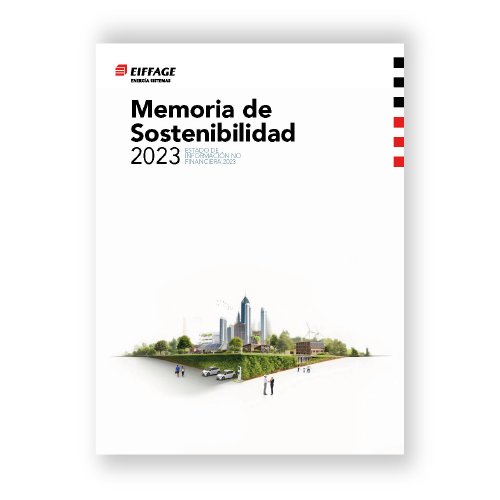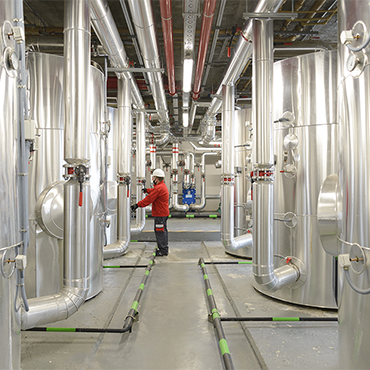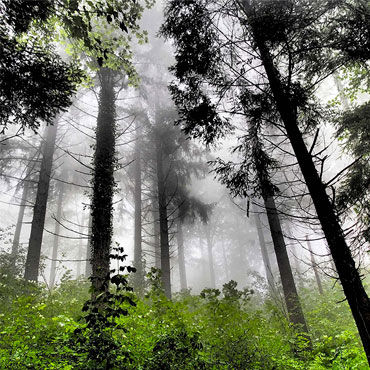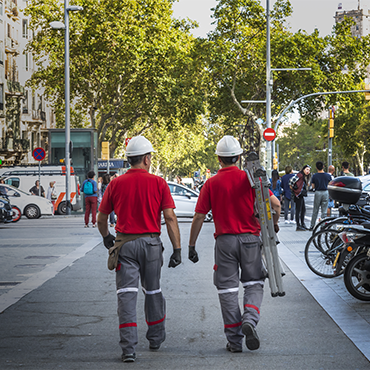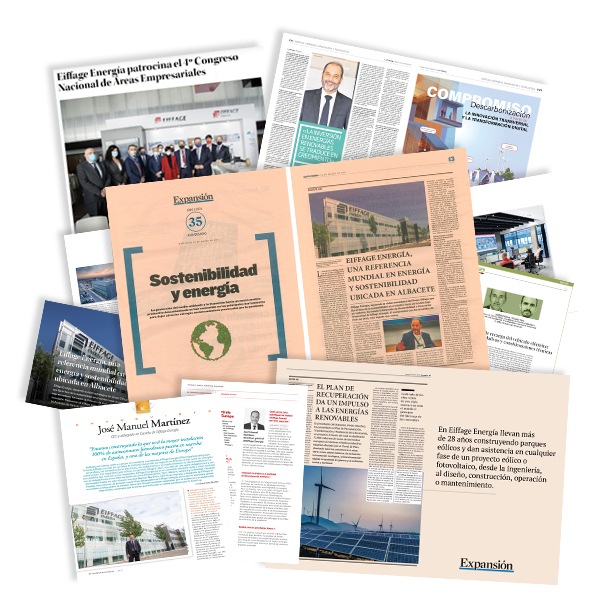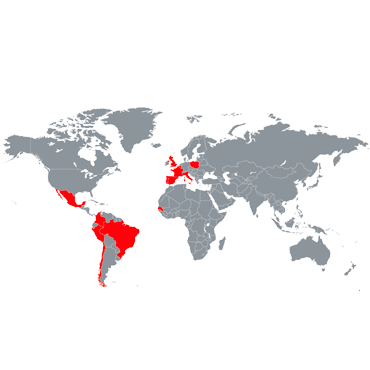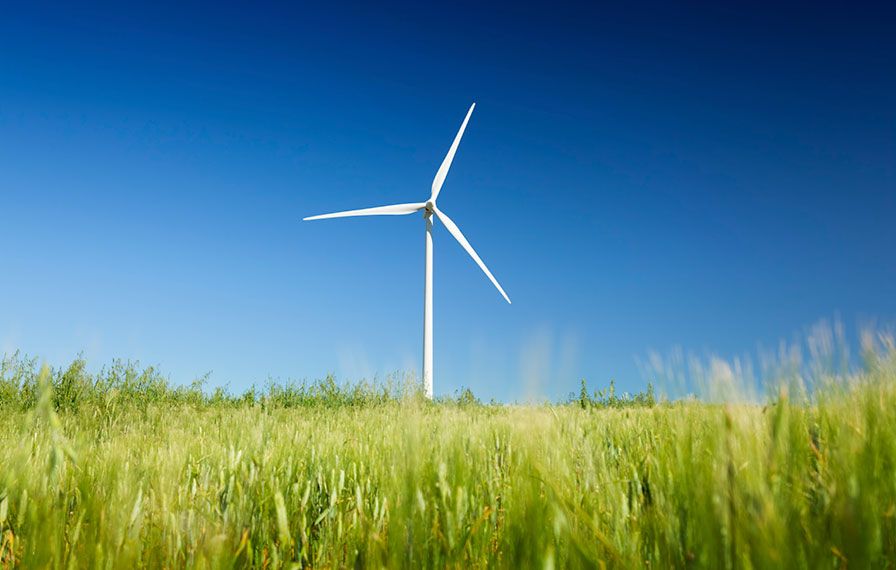it’s been 12 years since that conference in which Europe set a clear goal for 2020 with regard to renewable energies. It was in Bonn, in June 2004, when the European Parliament recommended these renewable energies make 20% of the total energy consumption by that date. It was a common effort that sealed a commitment to control environmental impact and where the energy specificities of each state were taken into account.
Later, in March 2007, the European Council in Brussels approved a mandatory energy plan to cut emissions of carbon dioxide by 20% and left, in the hands of each member state, the decision whether or not to use nuclear energy. In addition, a commitment to reach a minimum quota of 10% of bio-fuels in the total consumption of transport petrol and diesel was established.
Today, in 2016, nine of the European countries involved in this necessary challenge have already achieved their ‘green goals’. Fortunately, renewable energies are gaining ground against pollutants and although Europe is still behind countries as committed to change as China (which represents 36% of the total of renewable energies in the world), these nations of the Old Continent stand out in the race for clean energy.
Sweden, Bulgaria and Estonia were the first to reach 20% three years ago. Lithuania was incorporated in 2014 and, last year, Finland, Croatia, Romania, Italy and the Czech Republic also joined the now known as ‘renewable revolution’.
Of these leading countries, Sweden is undoubtedly the most diligent. Furthermore, it is the one that generates the most clean energy – 50% of the total (far exceeding the EU average, which is 16%). The key to its success is in the hydro-electric power industry.
Despite the success of these countries, it is certain that the European challenge with renewables is running out time. As for us at Eiffage Energía we remain committed to wind as well as solar energy, in our certainty that we can still build a more sustainable world.
Source: Expansión

